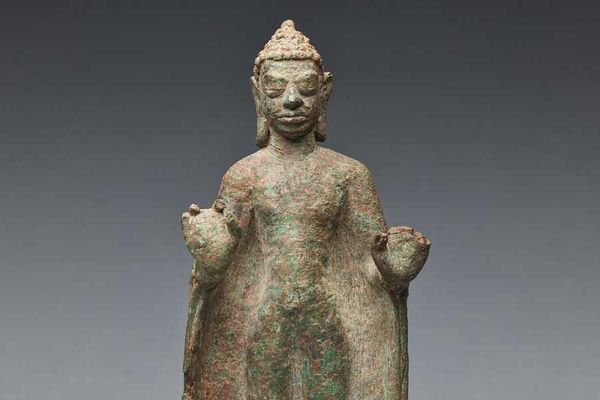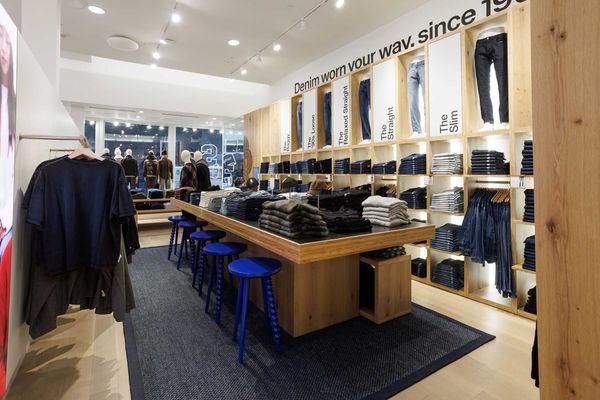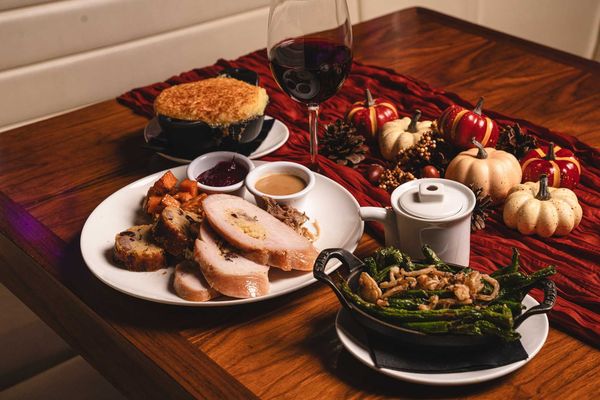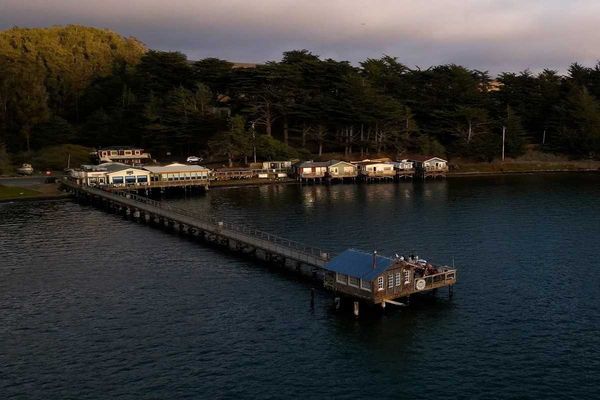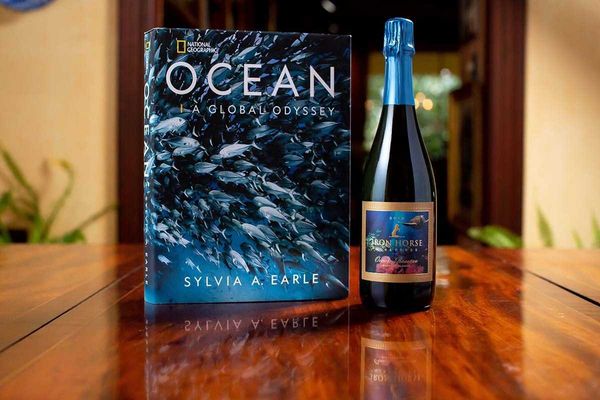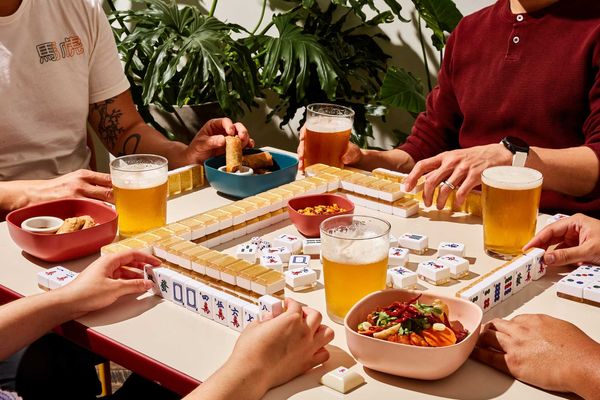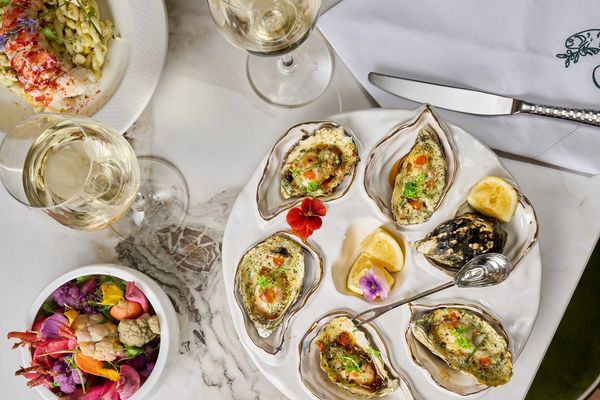Before you even enter Quince you get a visual of what’s for dinner: A massive window facing the street beckons diners to gaze from the darkness outside into a kitchen glowing with stainless fixtures and copper pots, and outfitted with a centerpiece of a three-ton royal-blue Bonnet stove the size of a studio apartment. The voyeur opportunities Quince’s kitchen offers might be classier than that of the peep shows at the Lusty Lady up the street, but the excitement that it generates in the loin of fine dining aficionados is the same.
The night I went to Quince, I found myself unabashedly ogling the whole scene as the eight or so cooks in the kitchen, outfitted in chef coats, blue aprons and blue chef caps, pretended that they didn’t see me and went about their business, heads down, with the seriousness of medical residents operating on a raviolo. Some less-than-mature part of me had to control my impulse to knock on the window and try to get the guys to crack a smile, but being silly at Quince is not really encouraged. It is a type of place where diners sit up straight and eat with reverence.
The former Pac Heights location of Quince, with its cozy room, was downright rustic compared to this new space. But now that Quince has unveiled its new digs in the former home of Myth in Jackson Square, its clear that chef Michael Tusk, and his wife and front-of-the-house presence Lindsay, are ready for the shot at a second Michelin star. (To that end, at the end of October, it was twittered that Michelin director Jean-Luc Naret and Thomas Keller had been spotted dining together at Quince. The suspect nature of Naret and Sir “Three-Star” Keller chumming it up is another story.)
As we were greeted at the front door, the Dave Brubeck Quartet was being piped from the inside out—the first sign that you’re not about to dine amongst hipsters: The second is the very grand, sparkly chandelier that hangs in the center of the carpeted, conservatively dressed dining room, which buzzes with servers in suits, whisking back and forth between tables with an unobtrusive, but choreographed, service. Tusk is a fan of photography and the striking centerpiece by Thomas Struth, from his Louvre series, is there for pondering between courses. The exposed brick wall in the back has windows that now look onto a very covetable wine cellar, overseen by NYC-transplant wine director David Lynch.
When the food started to arrive, it was, in true Tusk style, the work of a perfectionist. It’s not bright, like the food you’ll find at another breed of Michelin-starred restaurant such as Manresa; you also won’t find any of the trickeries of molecular gastronomy here. Tusk’s fine-dining take on Italian cooking is more of a sable coat: rich, luxurious and classic. Tortelloni de Castelmagno with Marshall honey and candied walnuts strikes the perfect chord of salt, sweet, crisp and creamy; a ravioli gigante is an impressive feat—a plate-sized triangle of one ravioli with six different pillows of black-truffle based fillings in it; spiny lobster, served with a curl of bright red shell, is paired with creamy, starchy chestnuts. Tusk is a fan of the wild mushroom, and from porcini to black trumpet, they pop all over the menu.
By the beginning of the year, Tusk intends to invite chefs that he admires—such as Suzanne Goin from Lucques in LA—to cook dinners in his fancy kitchen. He also has Benedetta Vitali from Zibibbo, located outside Florence, set to teach a cooking class. And then there’s Cotogna, Tusk’s casual offspring which is still in vitro; it’s set to open next door, sometime before Spring, featuring a rotisserie and wood-fired oven. The only thing Tusk doesn’t seem to have his sights set on is a food truck. Something tells me he never will.



